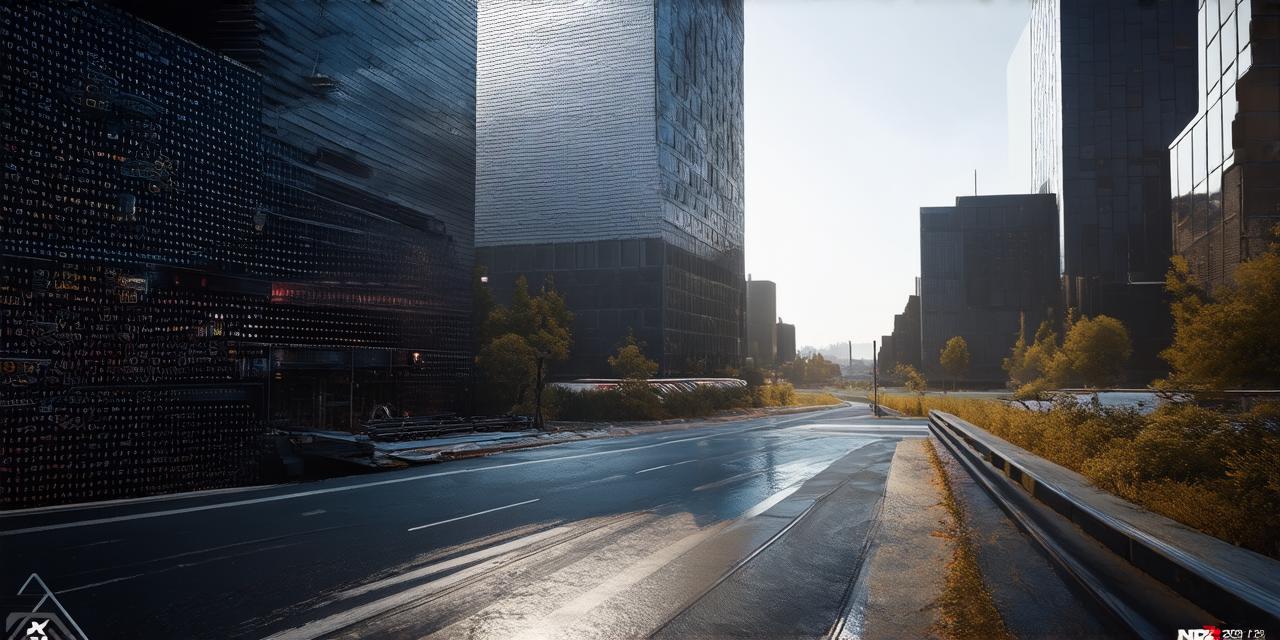Introduction:
Virtual reality (VR) has become increasingly popular in recent years, with applications in gaming, entertainment, education, and more. Unreal Engine 5 is one of the most popular game engines used for creating immersive VR experiences.
Step 1: Setting up the Development Environment
- Install Unreal Engine 5 on your computer. You can download the latest version of Unreal Engine 5 from the official Epic Games website.
- Download and install Visual Studio Code or any other code editor of your choice. Visual Studio Code is a popular open-source code editor that integrates well with Unreal Engine 5.
- Install the Unreal Engine 5 command-line tools. These tools allow you to run commands and scripts from the command line, which can be useful for automating repetitive tasks.
- Install the necessary plugins for VR development, such as the Virtual Reality Toolkit (VRTK) and the Oculus Integration. VRTK is a set of plugins that provide tools for creating VR content in Unreal Engine 5, while the Oculus Integration allows you to easily integrate your VR application with the Oculus platform.
Step 2: Creating a New Project
Once you have set up your development environment, it’s time to create a new project. Here are the steps to do so:
- Open Unreal Engine 5 and create a new project. To do this, click on “File” in the top menu bar and then select “New Project.”
- Choose “Virtual Reality” as the project template. This will set up your project with the necessary files and configurations for VR development.
- Select the VR platform you want to develop for. You can choose from Oculus, HTC Vive, or Windows MR.
- Name your project and set the location where you want to save it.
- Click on “Create Project.” This will create a new folder in your specified location with all the necessary files for your VR project.
Step 3: Designing the VR Environment
Now that you have created a new project, it’s time to design your VR environment. Here are some tips to make your environment more engaging and interactive:
- Use textures and lighting to create an immersive environment. Textures can add detail and realism to objects in your environment, while lighting can create shadows and highlights that make your environment feel more realistic.
- Add objects and characters to make the environment feel more realistic. You can use 3D models or create your own using a 3D modeling software like Blender. Characters can be added using animations and rigging.
- Use sound effects and music to enhance the user experience. Sound effects can add depth to your environment, while music can set the mood and atmosphere of your VR application.
- Create a storyboard or concept art to plan out the layout of your environment. This can help you visualize how your environment will look and function before you start building it in Unreal Engine 5.
Step 4: Building the VR Experience
With your VR environment designed, it’s time to start building the VR experience. Here are some steps to do so:
- Create a new blueprint for your character or object. A blueprint is a visual representation of an object in Unreal Engine 5. To create a new blueprint, right-click in the content browser and select “Blueprint Class.”
- Add movement and interaction components to your blueprint. You can use the “Movement” component to add basic movement to your character or object, and the “Interaction” component to allow users to interact with your object.
- Use scripts to add more complex behavior to your objects. Scripts are written in C++ and can be used to add custom behavior to your objects, such as collision detection or animation control.
- Add VR-specific features, such as tracking and input. You can use the Oculus Integration or other VR plugins to add tracking and input to your VR application. This will allow users to interact with your environment using their VR headset and controllers.
Step 5: Testing and Optimizing
Once you have built your VR experience, it’s important to test it thoroughly to ensure that it works as expected. You can use Unreal Engine 5’s built-in testing tools to test your application on a variety of devices and platforms.
You should also optimize your VR experience for performance. This can involve reducing the number of draw calls, optimizing your textures and lighting, and minimizing the amount of data that needs to be transmitted between the client and server.
Step 6: Publishing and Promoting
Once you are satisfied with your VR application, it’s time to publish and promote it. You can use Unreal Engine 5’s publishing tools to export your application in a format that can be distributed on various platforms, such as the Oculus Store or Steam.
You should also promote your VR application through various channels, such as social media, gaming communities, and VR-specific websites. This will help you reach a wider audience and increase the visibility of your VR application.
Conclusion:
Unreal Engine 5 is a powerful tool for creating immersive VR experiences. By following these steps and best practices, you can create a compelling VR application that engages and entertains users. Remember to optimize your VR experience for performance and promote it through various channels to reach a wider audience.
